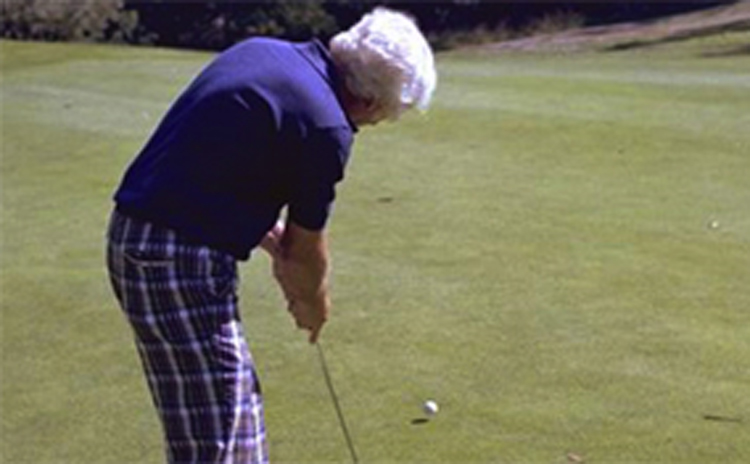
Golf legend Arnold Palmer is expected to have surgery later this year to relieve the pressure caused by his spinal stenosis. At age 84 and having spent much of his life golfing at a professional level, he’s surely not alone in his condition–spinal stenosis is common among golfers as well as the elderly, according to the Pittsburgh Post-Gazette.
What is Spinal Stenosis?
Spinal stenosis is a condition in which the spinal canal or the vertebral foramina become narrowed. This can occur as a result of injury (athletic or trauma-related), degenerative arthritis, or a host of other factors.
As a result, patients will often develop lower back pain, weakness, or in more extreme cases, decreased sensation in the lower extremities. In more mild instances, patients may experience leg pain or cramping, especially when standing or walking for an extended period of time.
What Should I Look Out For?
There are some key indications of spinal stenosis in these high risk demographics, according to Dr. Andrew P. White, an orthopaedic surgeon at Beth Israel Deaconess Medical Center in Boston, MA:
“Many people with spinal stenosis find it feels better to lean forward onto a shopping cart in a store or to sit down. Leaning forward stretches open the spine to relieve some of the stenosis. Leaning back or standing hurts because the spine is compressed,” explains Dr. White.
However, it’s important to note these symptoms usually creep up over time. Wear and tear on the back accumulates over years through repetitive motions, especially those that might require bending down, lifting, and walking, such as golf, gardening, and even housework. But by exercising regularly, improving your posture, and lifting items with the legs, patients can not only experience relief, but continue to live an active lifestyle. According to Dr. White, more and more patients are seeking spinal stenosis treatment for this very reason.
“Baby Boomers want to do sports, hike, and take long, active vacations. The demand for spinal stenosis treatment is going up because the Boomers want to stay active,” he says.
What Next?
Although surgery may sometimes be required to decompress the spinal nerves and relieve the pressure, less invasive therapy, like ActivAided, is a viable option.
Developed by a biomedical engineer and a nationally renowned spine care and sports medicine expert, ActivAided is great for patients suffering from spinal stenosis and other forms of chronic back pain. Developed by biomedical engineers and a renowned spinal care and sports medicine physician, ActivAided offers health care professionals a non-invasive treatment option for back pain sufferers of all ages. It’s low-profile, non-restrictive design enables motion during the recovery process, making it an ideal option for physicians, chiropractors or physical therapists with patients that hope to maintain an active lifestyle.
Click here to learn more about how ActivAided can help aging patients relieve spinal stenosis symptoms like lower back pain, bad posture, and more.
